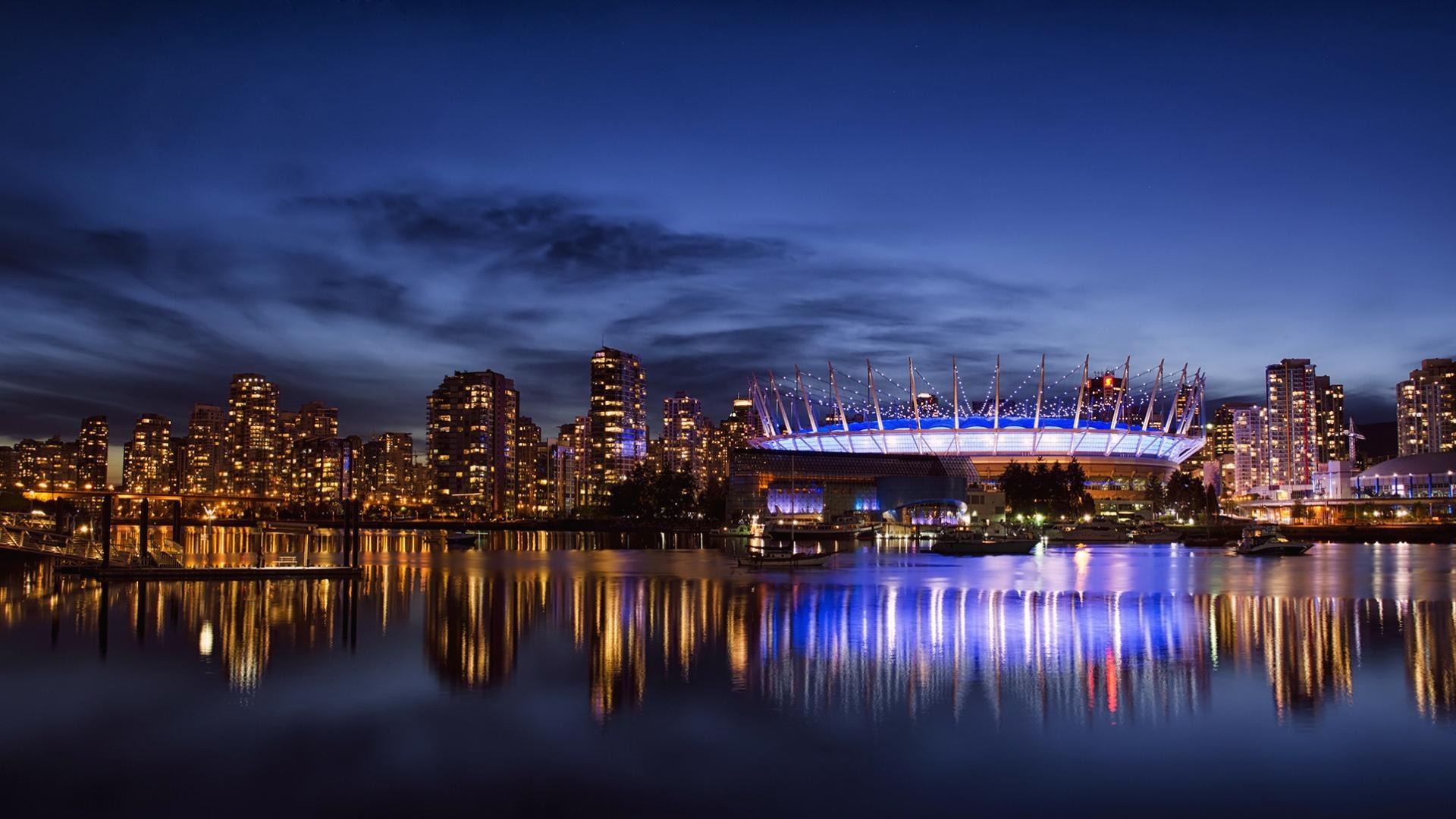Toyota Lunar Cruiser could take hydrogen fuel-cell tech to the moon
In 2019, Toyota and the Japanese Aerospace Exploration Agency (JAXA) announced plans for a hydrogen fuel-cell lunar rover, to launch later in the decade. Now the vehicle has a name—Toyota Lunar Cruiser.
The name is a reference to the Toyota Land Cruiser SUV, which has built up a reputation over several decades for off-road prowess. The Lunar Cruiser's grille also looks influenced by the classic FJ-Series Land Cruiser. But this lunar rover is designed to boldly go where no Land Cruiser has gone before.
While the current Land Cruiser can seat up to seven people, the Lunar Cruiser will only have room for two astronauts. They will get a more comfortable ride than their predecessors, however. Unlike the rovers used during the Apollo lunar missions, the Lunar Cruiser will have an enclosed, pressurized, cabin, so astronauts can drive it without space suits.
When the project was first announced in March 2019, Toyota said the rover would be able to operate on the moon for up to six weeks, with a range of 1,000 kilometers (about 621 miles) per tank of hydrogen. Solar panels will provide supplementary electricity.
Toyota previously said a fuel-cell powertrain was the right choice because it would be one fifth the mass and about 20% smaller in volume than a comparable battery-electric powertrain—an important consideration when everything needs to be launched to the moon via rocket. As an added benefit, water produced by the fuel cells can be used for cooling equipment or drinking, Toyota has said.
In its 2019 proposal, Toyota said hydrogen and oxygen for the fuel cells would initially be brought to the moon from Earth. Later, water found on the moon could be used to produce hydrogen through electrolysis, with solar panels providing the electricity, the automaker said.

Toyota Lunar Rover concept
The Lunar Cruiser is an extreme example of how automakers are looking to expand use of fuel cells beyond passenger cars.
Hyundai has been looking at ways it can take its fuel-cell technology beyond vehicles, as it looks at a bigger-picture hydrogen economy.
Toyota has experimented with fuel-cell trucks and buses, and its next Mirai remains on the way—although little has been said about the model in nearly a year.
Meanwhile Hyperion, which is hoping to deploy fuel-cell tech across various modes, showed the XP-1 supercar last month.
Hydrogen could have promise as a future aircraft fuel—perhaps with a complete redesign of passenger and cargo planes around the limitations of hydrogen storage.
Just don't expect this project to piggyback anything from Tesla or SpaceX. Elon Musk has said that hydrogen might be worthwhile for the first stage of rockets, but nothing more.
Toyota Lunar Cruiser could take hydrogen fuel-cell tech to the moon
The Lunar Cruiser is powered by hydrogen fuel cells and is designed to boldly go where no Land Cruiser has gone before.
www.greencarreports.com
'Fuel Cell' 카테고리의 다른 글
| 外部からの電力供給を「48時間」止める実験 大阪ガスの「家庭用燃料電池」 (0) | 2020.09.04 |
|---|---|
| Japanese companies to develop fuel cell vessel (0) | 2020.09.02 |
| Zero-emission hydrogen heavy trucks to hit Kiwi roads (0) | 2020.09.02 |
| 発電所並みの燃料電池バスから「電気のバケツリレー」、トヨタとホンダで実証実験 (0) | 2020.09.02 |
| Hydrogen vehicle fuel cells are getting cheaper and more sustainable (0) | 2020.08.31 |







